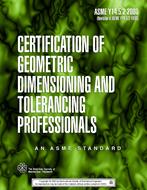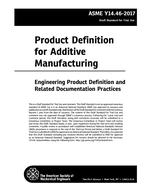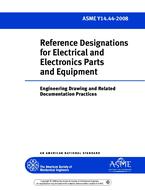Description
The purpose of the ASME-EPRI research project is to develop the methodology and data to help establishweld strength reduction factors (WSRF) for service in the creep regime for a wide range of materials withapplicability to various sections of ASME Boiler & Pressure Vessel Codes. A review of how various codesaddress creep behavior of welded structures and pressure vessels in the Task 1a literature review [1] showedthat no clear consensus exists between or even within various sections of codes around the world. The rangeof approaches include: no rules, requirements to follow `good engineering practice,? simple factors ondesign irrespective of material, and factors on design which may depend on material, class/group ofmaterial, time, or combination of material and weld metal (based primarily on assessments of weld metalonly data). ASME Section III-NH contains the most extensive set of rules for welded components based ondesign life, material and weld metal combination, and temperature. The origins of the strength factorsapplied in Section III-NH are primarily based, for stainless and nickel-based alloys, on the ratio of weldmetal strength to base metal strength, the source for the chromium-molybdenum steels is not known, andthe grade 91 values are biased on some cross-weld data with more recent data showing the assessment tobe non-conservative at higher-temperatures and/or longer-times [1]. The applicability of these rules hasbeen assessed for a few of the material-weld metal combinations by Corum [2] for a large body of structural`feature? tests, and the results are provided in Figure 1. The figure shows that in all cases, the applicationof the Section III-NH rules to welds produced conservative lifetimes relative to measured life in the test,suggesting a material/material class grouping approach is appropriate for design purposes.
Product Details
- Published:
- 06/26/2017
- ISBN(s):
- 9780791871263
- File Size:
- 1 file , 17 MB




